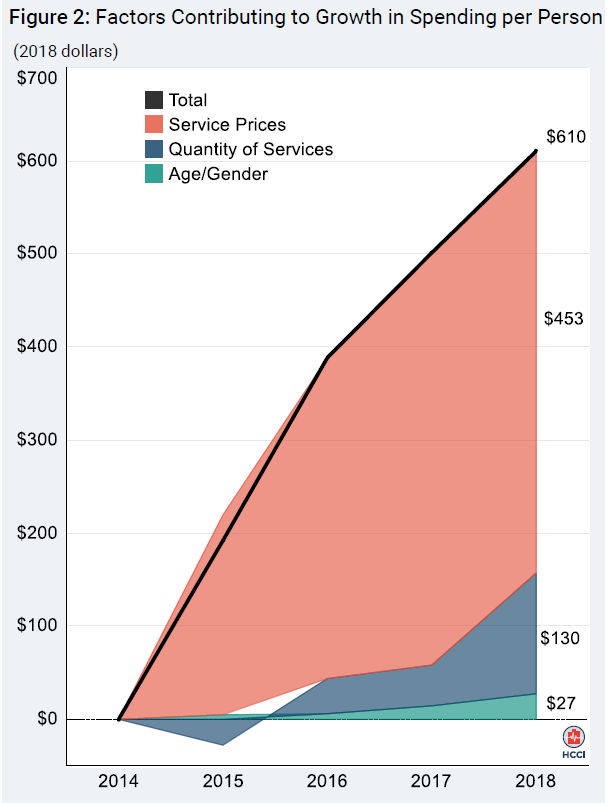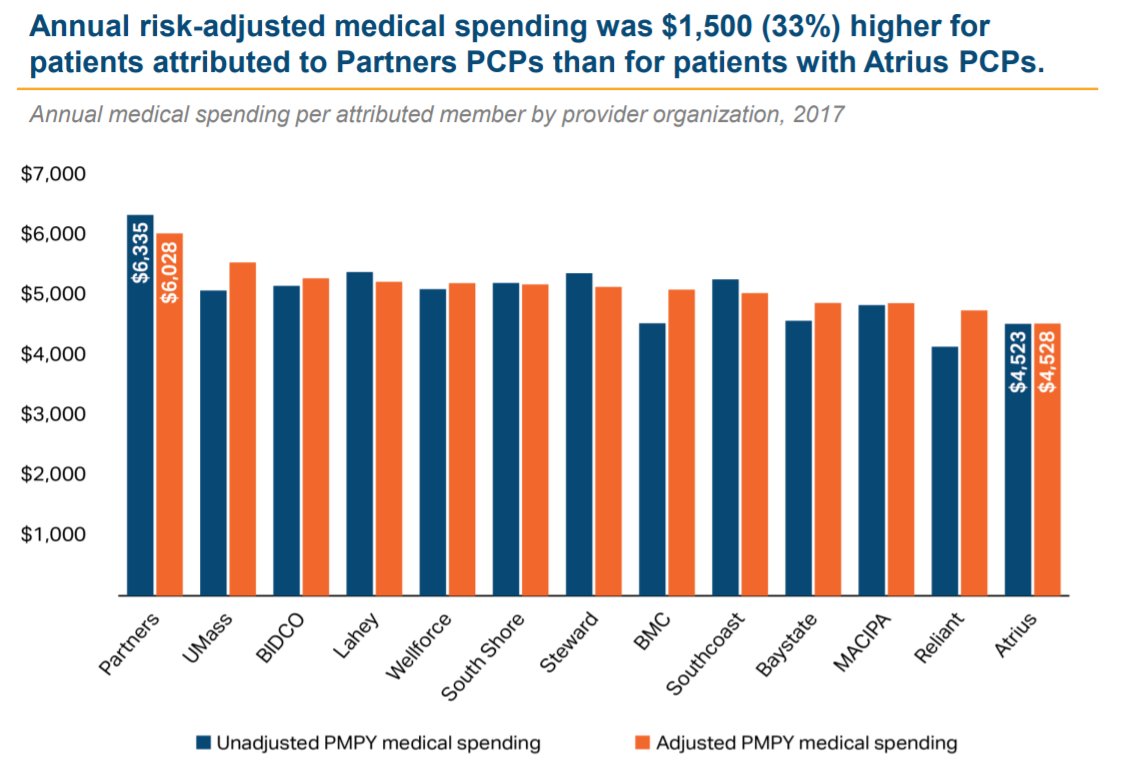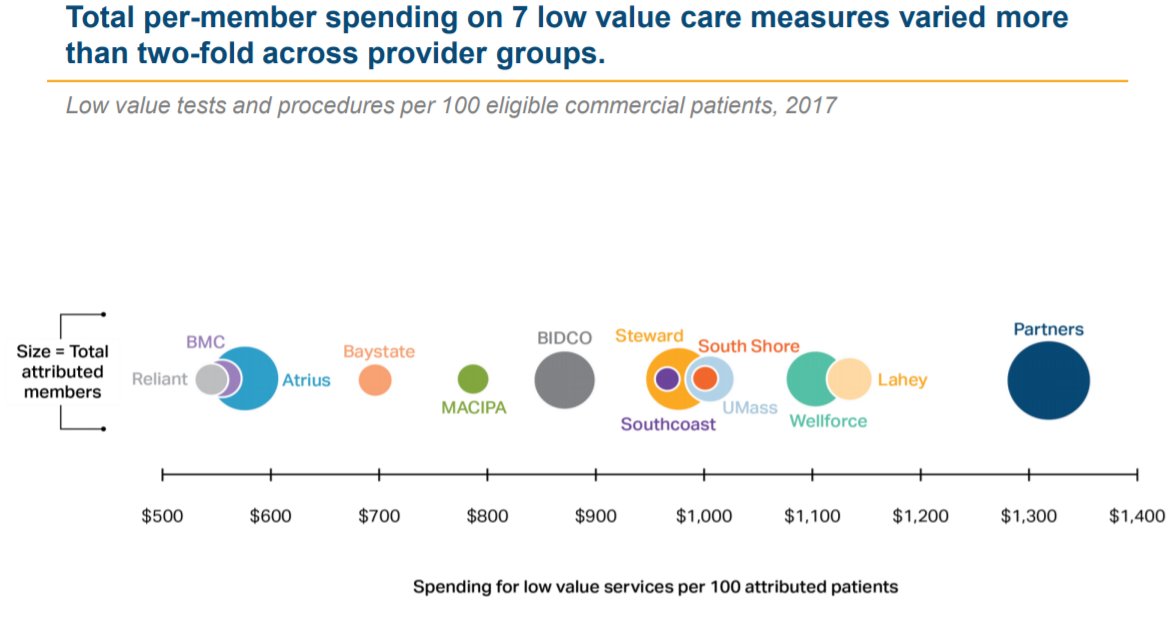Lots of fascinating detail on the economics of capitated primary care, building a business that straddles fee-for-service & value-based care, and even some tidbits on #COVID19's (mild) financial impact. 1/n
ONEM's patient growth is also much slower, up ~22% in 2019 vs. 75% for Oak
Oak then spends somewhere around $2,200 of that on its own care delivery.
Oak spent ~$25M on sales & marketing in 2018, which appears to have yielded ~30K add'l patients in 2019 and ~$25M of incremental "care contribution" (revenue less medical claims & Oak's care delivery costs)
More avoidable costs in the Medicare population = more margin opportunity for Oak.
And, while the company is still burning north of $10M per month, its at-risk model creates a lot of pathways to boost margins as the business scales. /n














